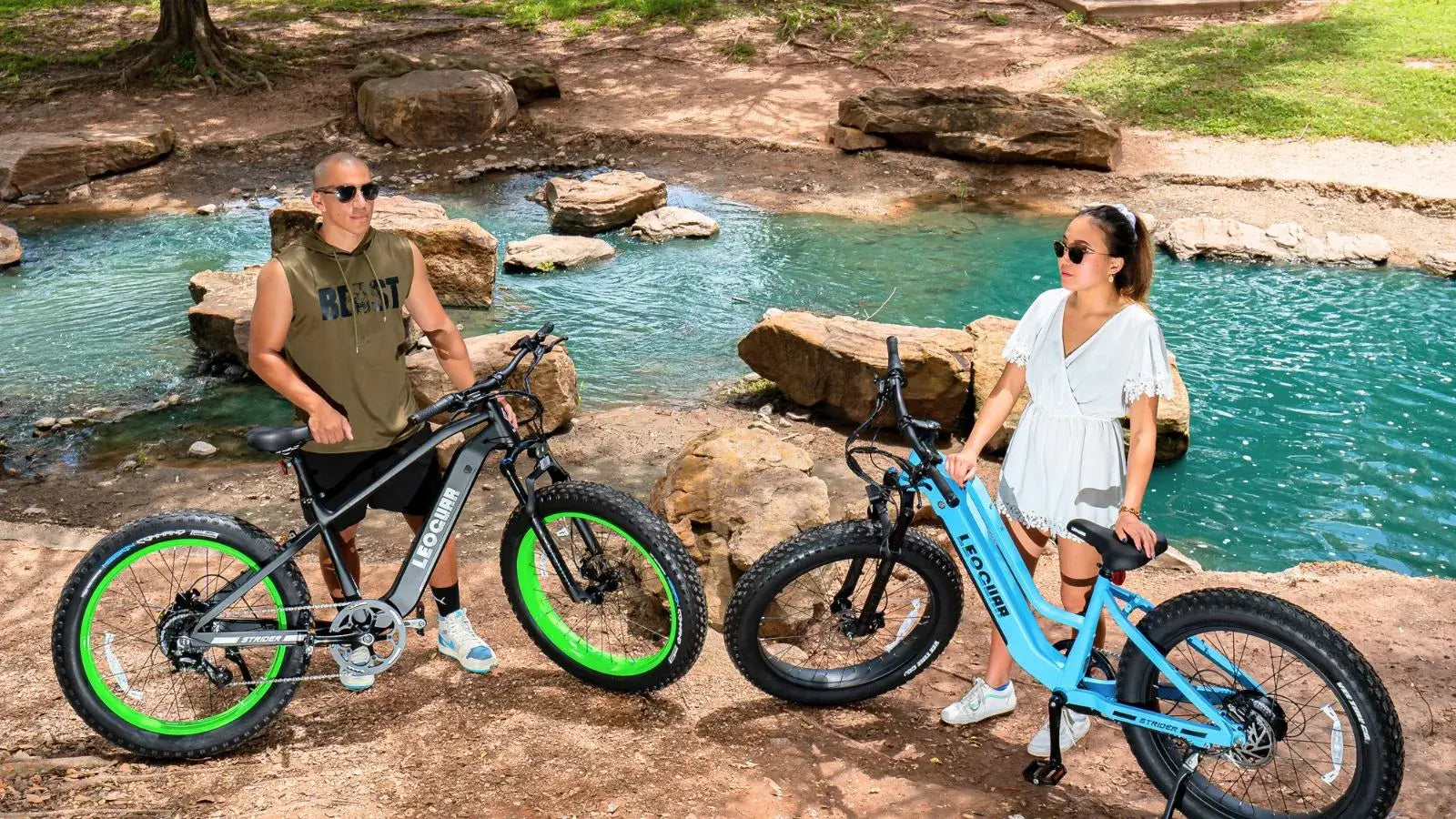
Electric Bike Handlebars: How to Choose for Optimal Comfort and Control
Selecting the right handlebars for your electric bike is crucial for achieving optimal comfort and control during your rides. With the variety of bike handlebar types available, it's essential to understand how different designs can affect your riding style and purpose.
This guide will walk you through the key factors to consider when choosing the best handlebars for your electric bike.
Understanding Bike Handlebar Types
The first step in choosing the right handlebars is familiarizing yourself with the different types available. Each handlebar type offers unique benefits and suits specific riding styles and purposes. Here's a breakdown of some common types:

Flat Handlebars
Flat handlebars are the most common type found on electric bikes. They offer a straightforward design, providing a comfortable grip and a natural hand position. These handlebars are ideal for urban commuting and casual rides, offering excellent control and stability.
Drop Handlebars
Drop handlebars are typically seen on road bikes but can also be used on electric bikes for riders who prefer a more aerodynamic position. They allow for multiple hand positions, which can be beneficial for long-distance rides. However, they might not be the best choice for beginners due to their lower position and learning curve.
Riser Handlebars
Riser handlebars feature a slight upward curve, allowing for a more upright riding position. This design is beneficial for mountain biking and off-road adventures, as it provides better visibility and control over rough terrain.
Bullhorn Handlebars
Bullhorn handlebars extend forward and then up, resembling the horns of a bull. They are favored by riders who enjoy a more aggressive stance and are commonly used in track cycling. While they offer excellent control, they may not be the most comfortable for extended rides.
Butterfly Handlebars
Butterfly handlebars, also known as trekking bars, are designed for long-distance touring. They offer multiple hand positions, allowing for comfort and versatility over extended periods. These handlebars are perfect for riders who prioritize comfort and ergonomics on lengthy rides.
Matching Handlebars to Your Riding Style and Purpose
Choosing the right handlebars isn't just about personal preference; it's about matching them to your riding style and purpose. Here are some factors to consider:
Commuting and Urban Riding
For commuting and urban riding, comfort and visibility are key. Flat or riser handlebars provide an upright position, making it easier to navigate through traffic and keep an eye on your surroundings. These handlebars offer excellent control and are well-suited for stop-and-go conditions.
Long-Distance Touring
If you're planning long-distance rides, comfort is paramount. Butterfly handlebars are an excellent choice, as they allow for multiple hand positions to reduce fatigue. The ergonomic design ensures you can maintain a comfortable posture over extended periods.
Off-Road and Mountain Biking
For off-road and mountain biking, control and stability are crucial. Riser handlebars provide a more upright position, allowing for better visibility and control over rough terrain. They help you maintain balance and navigate technical trails with ease.
Speed and Aerodynamics
If speed and aerodynamics are your priorities, drop handlebars are worth considering. They offer a lower, more streamlined position, reducing wind resistance and allowing for faster rides. However, keep in mind that this position might not be as comfortable for extended periods.

Considering Comfort and Ergonomics
The comfort and ergonomics of your handlebars can significantly impact your electric bike riding experience. Here are some tips to ensure you find the perfect fit:
Hand Position and Grip
The shape and diameter of the handlebar affect your hand position and grip. Look for handlebars that provide a natural grip and allow for various hand positions. This flexibility can help prevent discomfort and fatigue during long rides.
Width and Reach
The width and reach of the handlebars play a role in your overall comfort. Wider handlebars offer more stability, while narrower ones provide better maneuverability. Consider your shoulder width and riding style when choosing the right width and reach.
Adjustability
Some handlebars offer adjustable features, allowing you to customize the position to suit your preferences. Adjustable stems and handlebars can help you find the perfect ergonomic setup for your rides.
FAQs
1. Do the materials of electric bike handlebars affect the riding experience?
Yes, the materials used in handlebars significantly impact the riding experience. Aluminum handlebars are typically lightweight and durable, while carbon fiber handlebars often provide better shock absorption but come at a higher cost. When selecting materials, consider durability, weight, and comfort.
2. How do I determine the right width for handlebars?
The width of the handlebars is crucial for riding stability and comfort. Ideally, the width should be in line with your shoulder width, as this measurement can serve as a guideline. In different riding conditions, wider handlebars offer more stability, while narrower ones are better suited for speed.



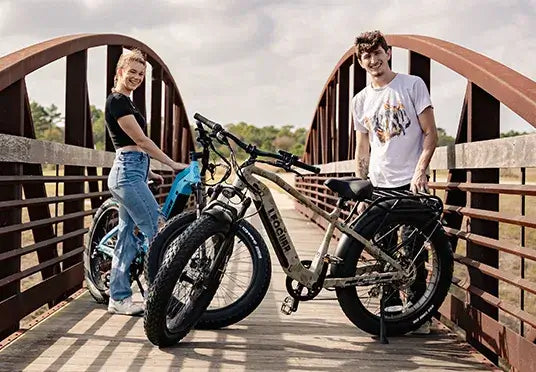
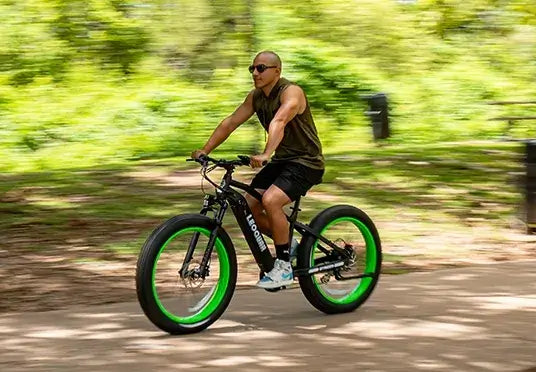
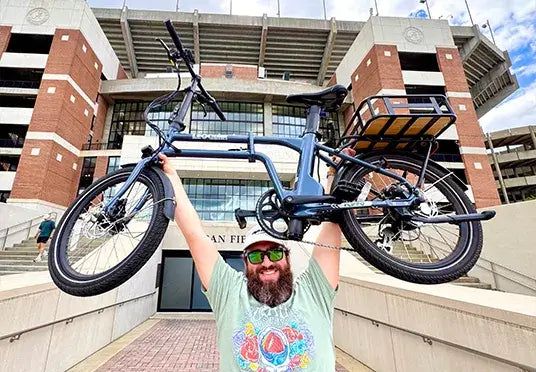
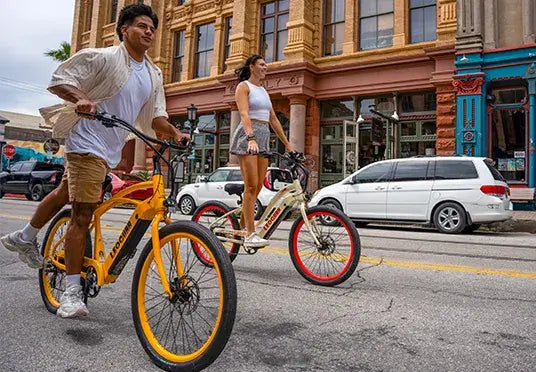
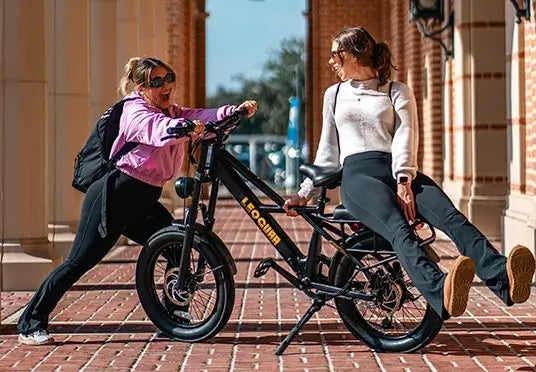
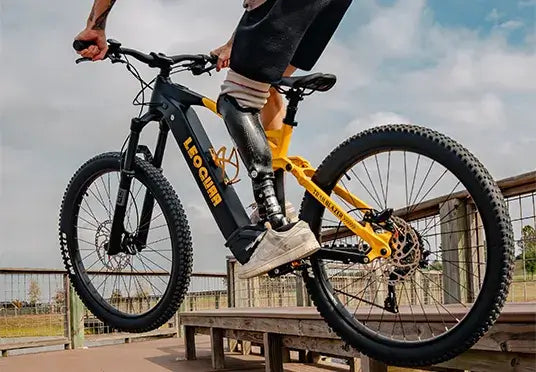
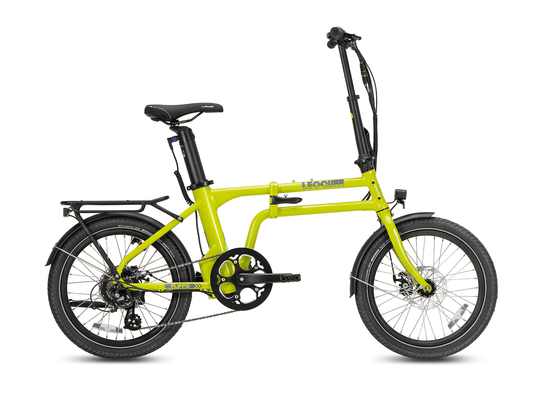
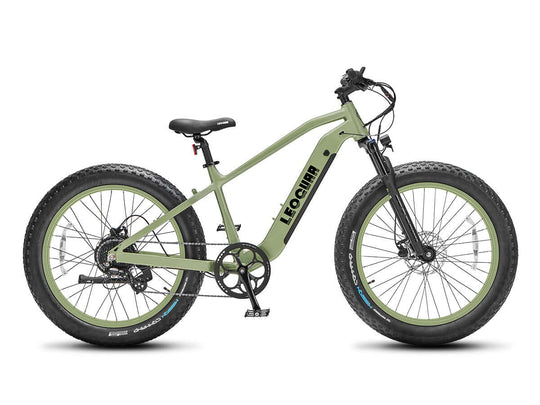
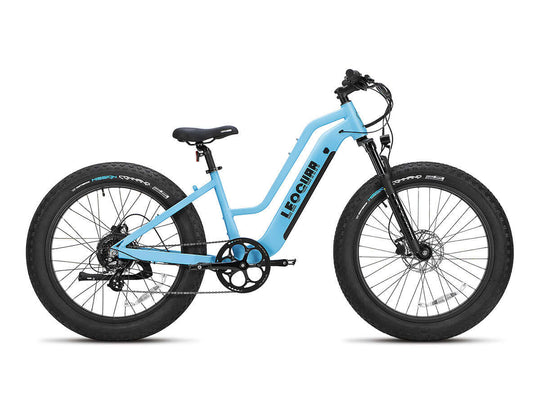
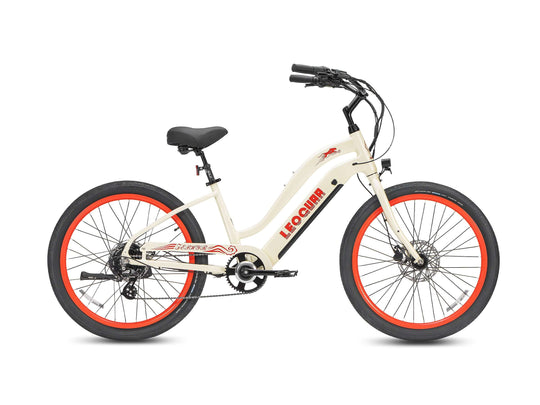
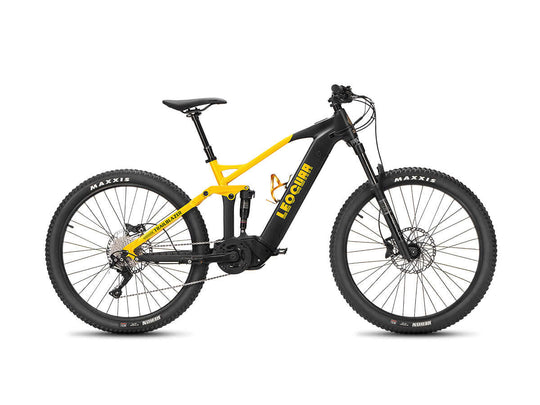
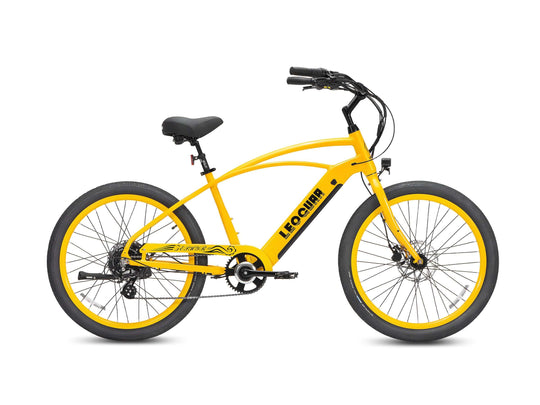
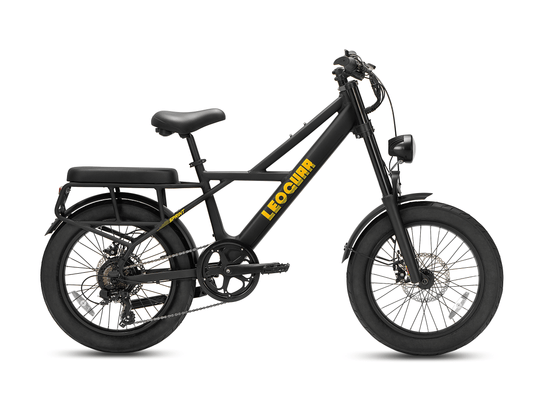
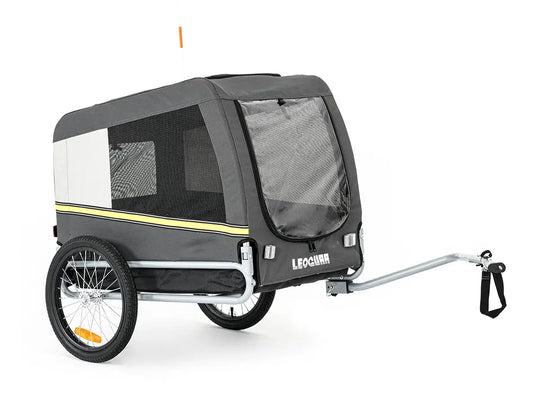
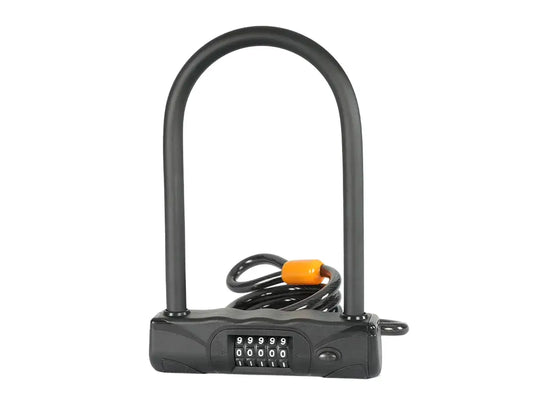
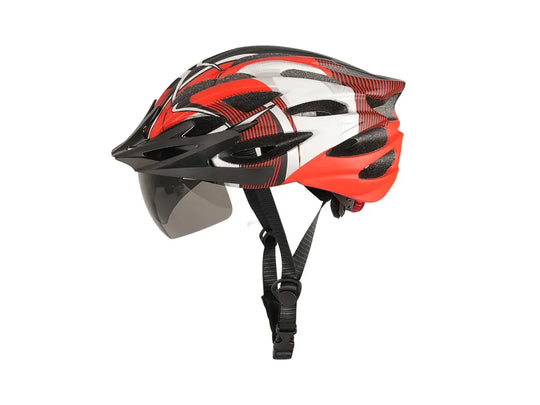
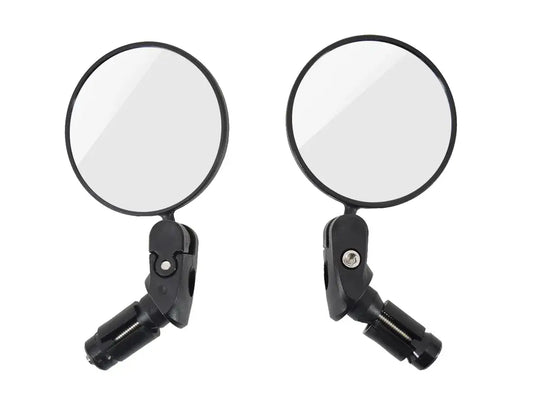
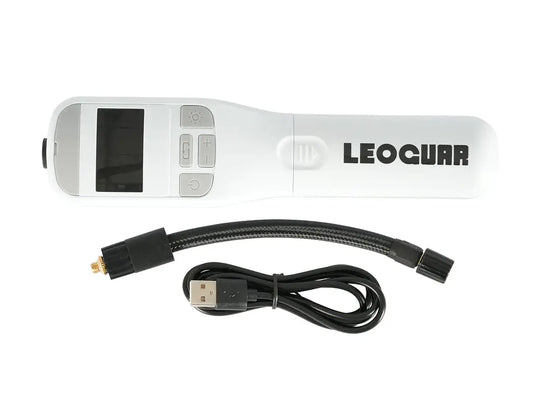
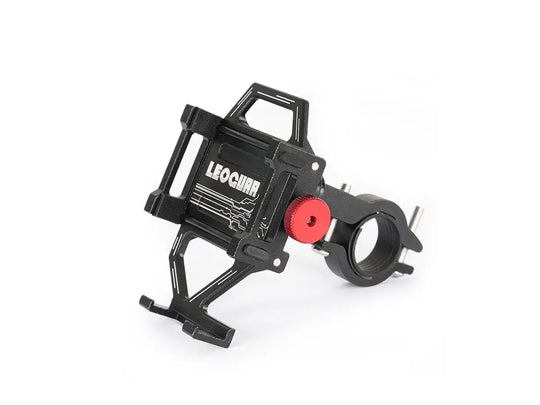

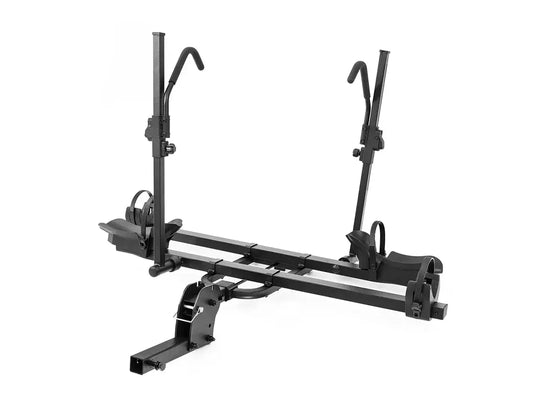
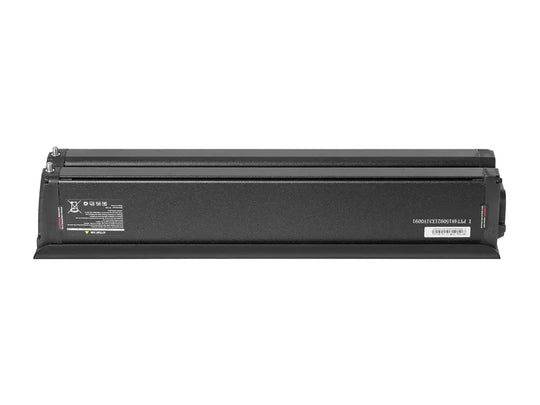
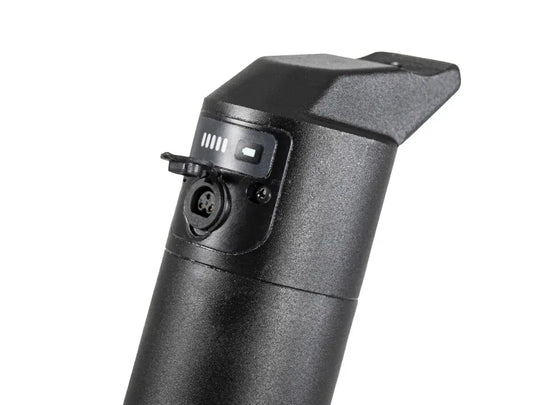
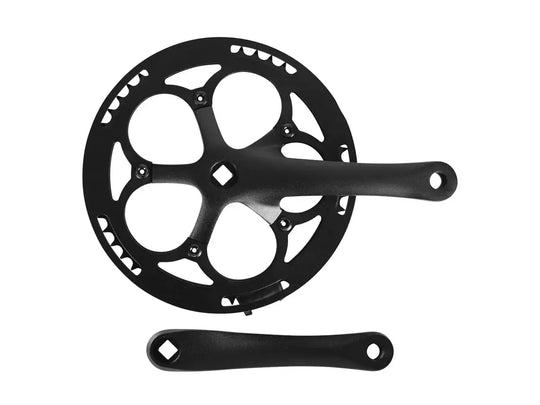
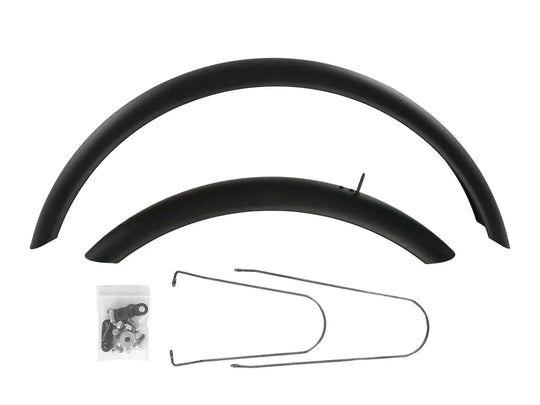
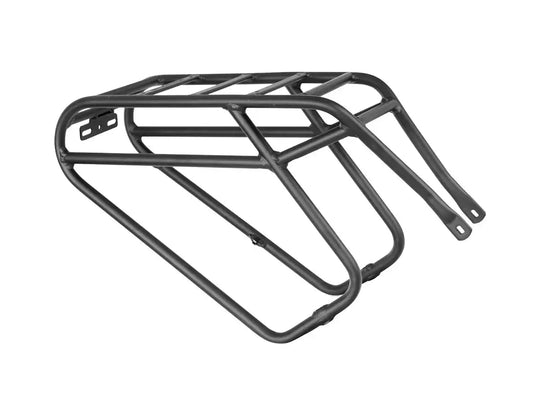
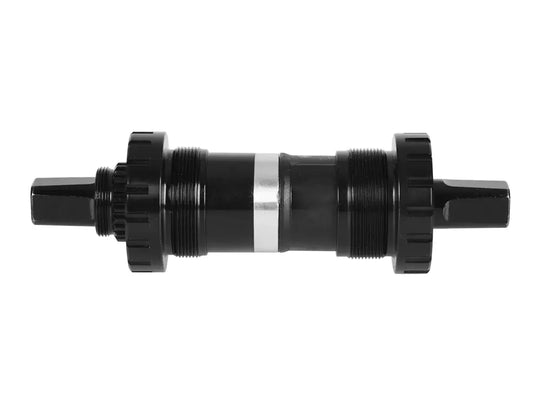
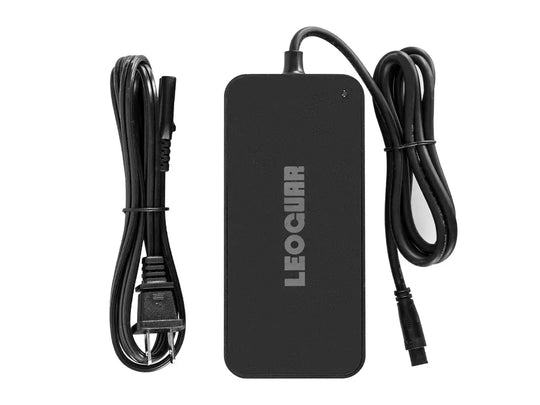
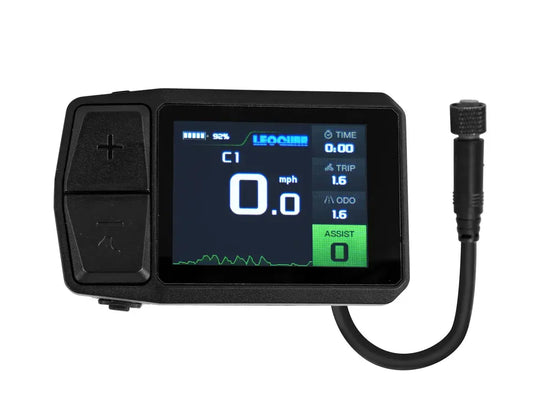
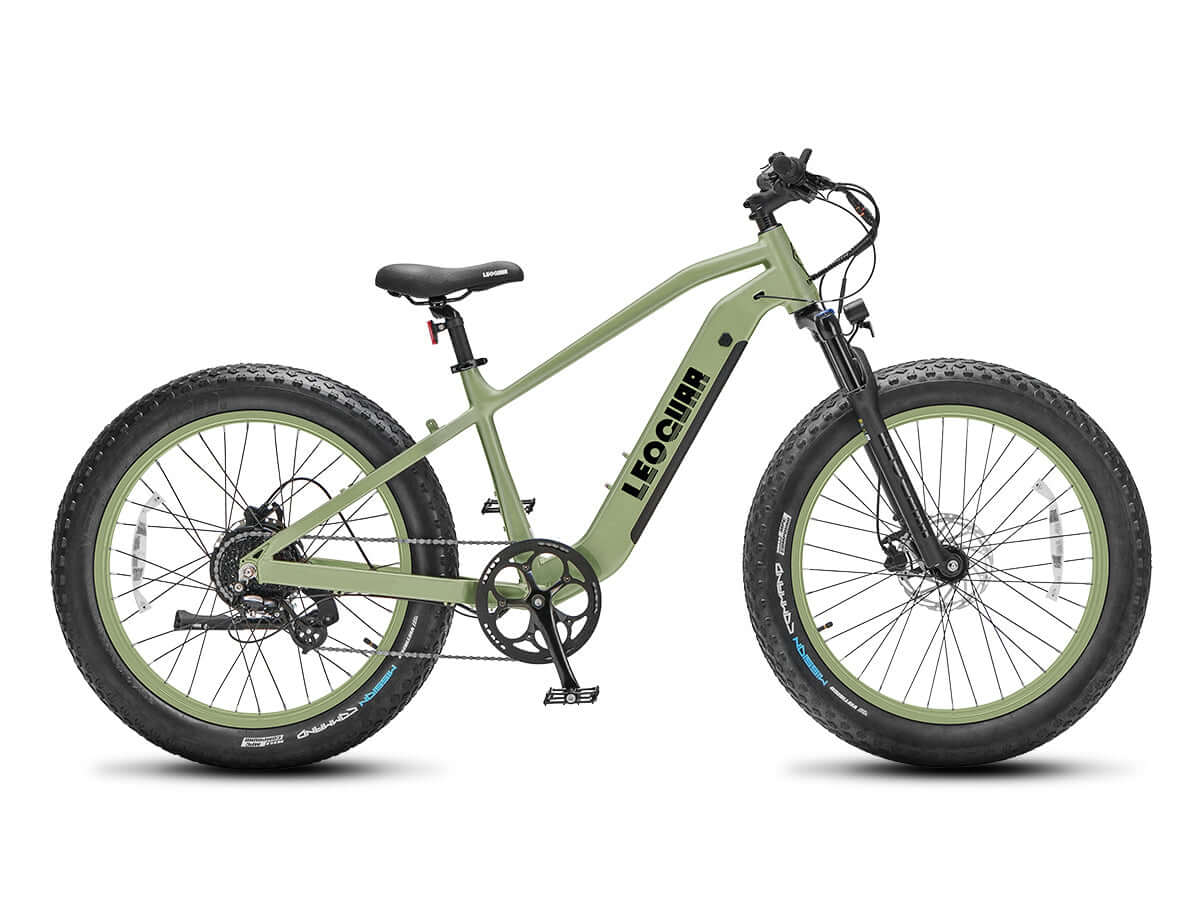







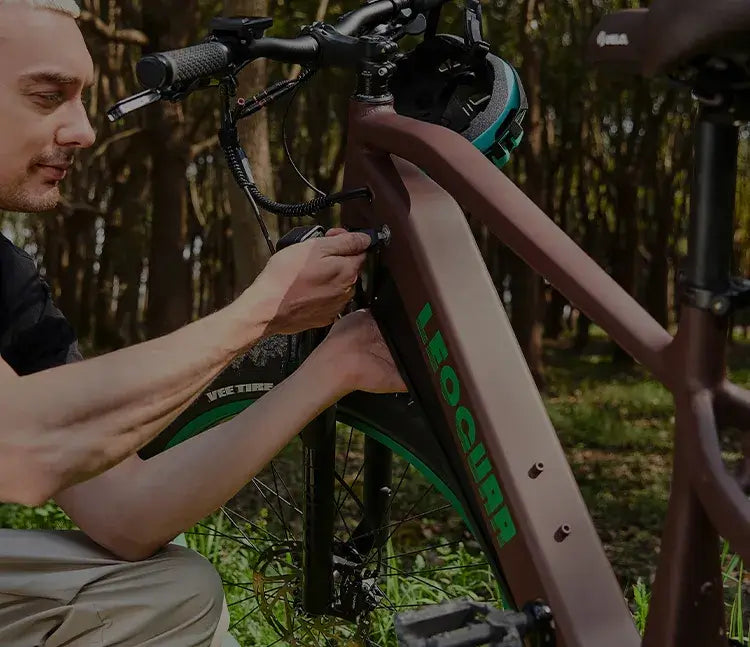
Leave a comment